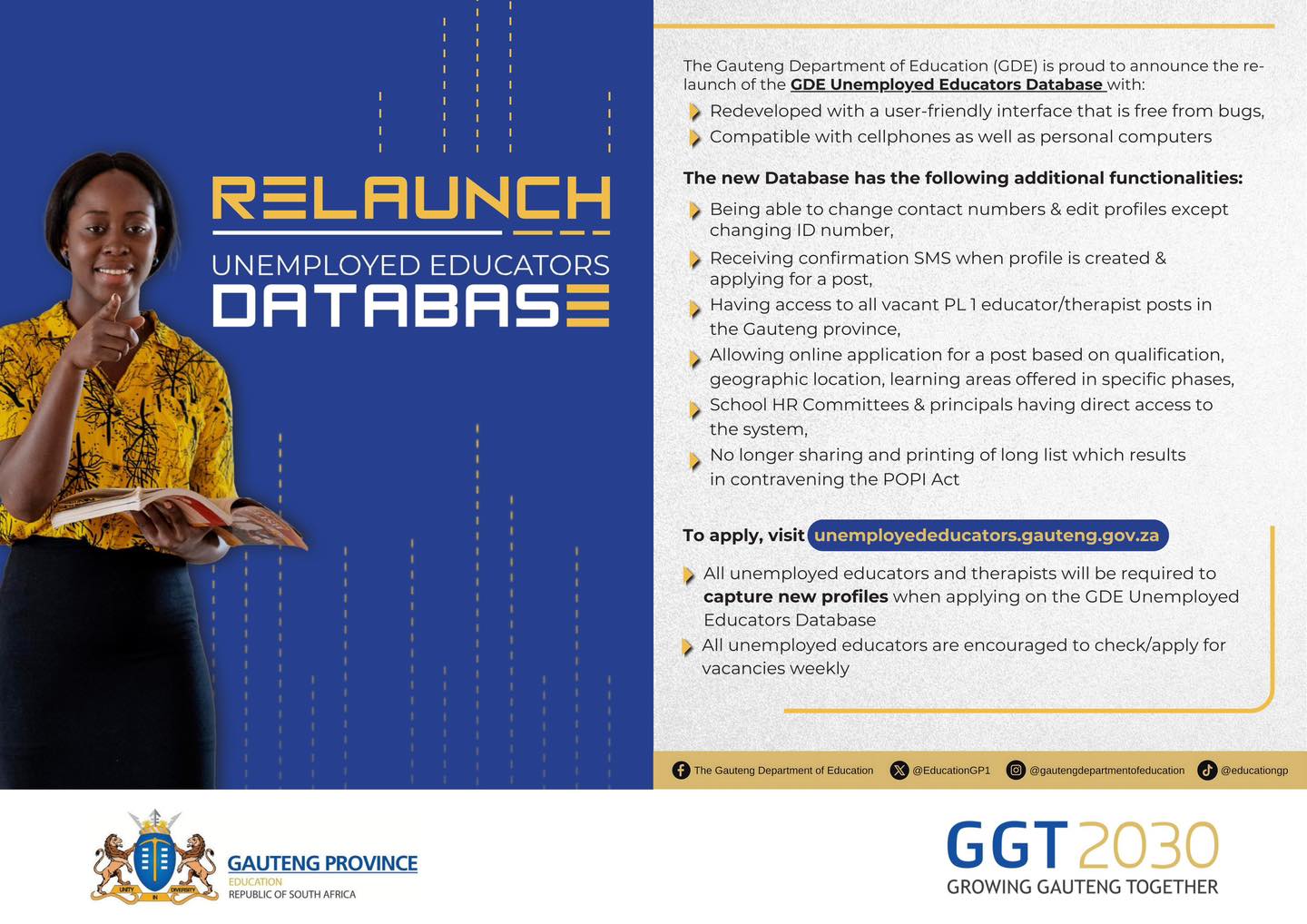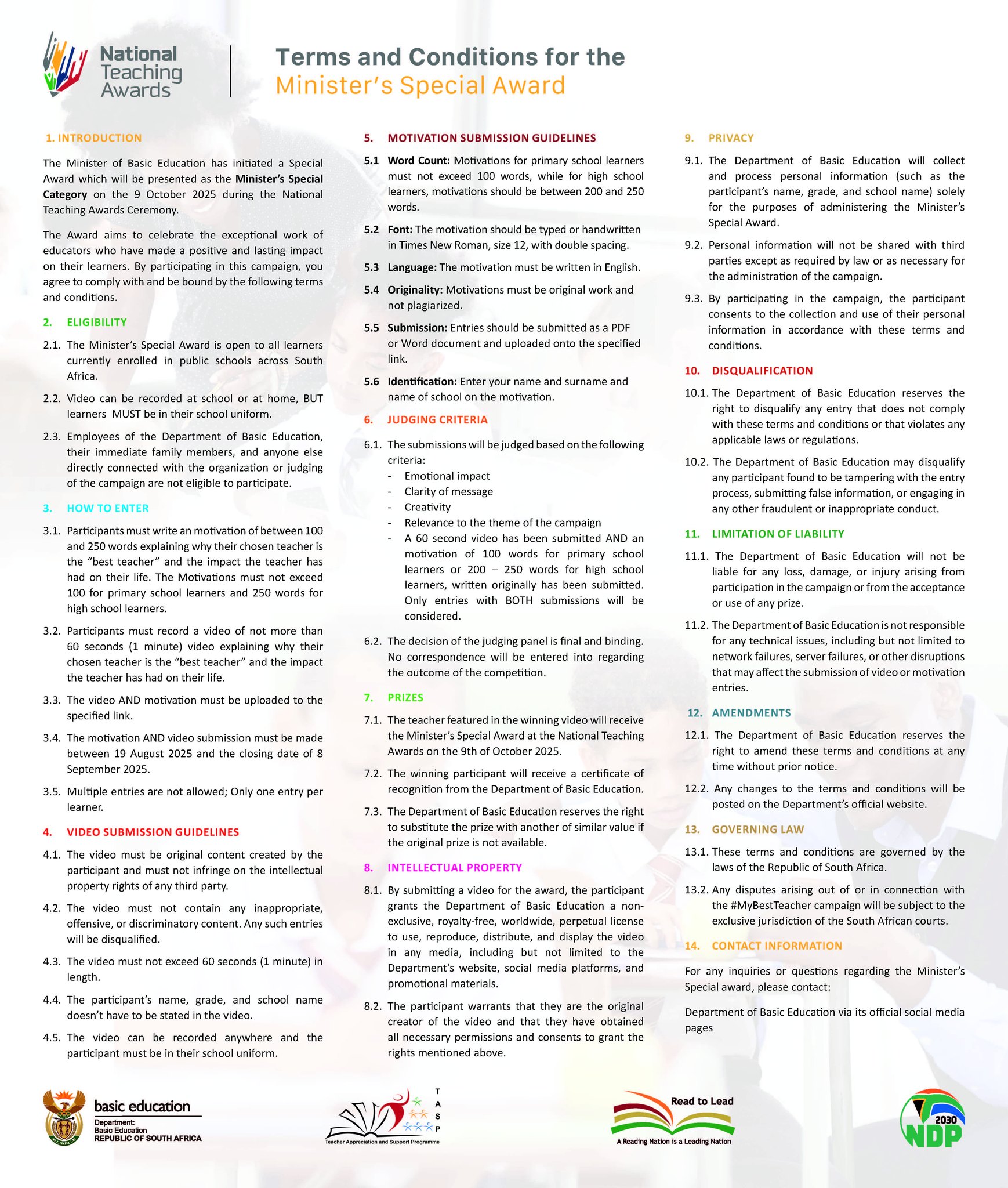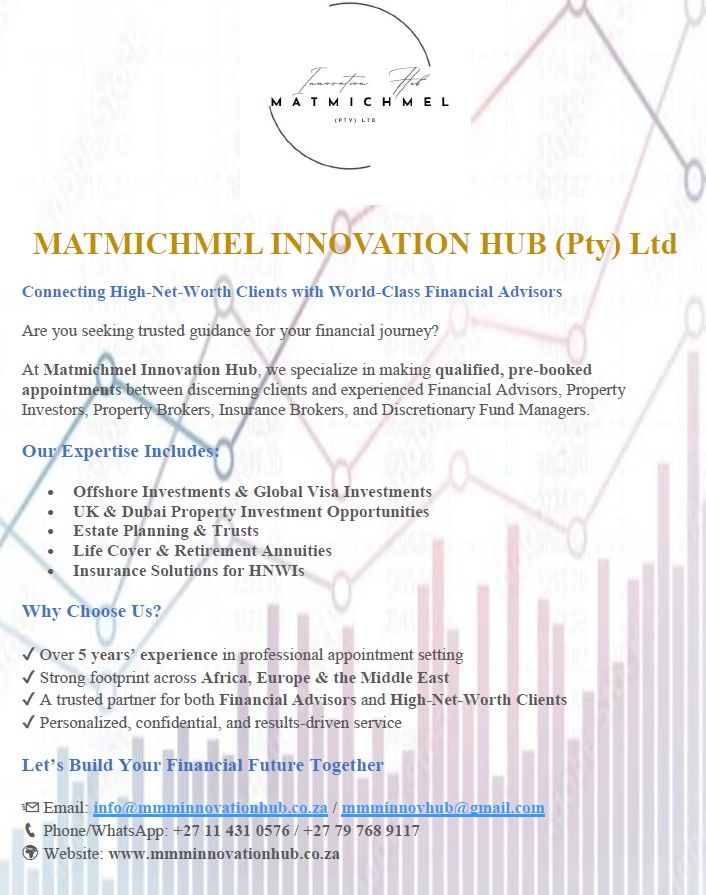Structural reforms in electricity and logistics are progressing but will only deliver higher growth when businesses regain confidence to invest in expanded capacity.
South Africa needs 3% growth to reduce unemployment, yet gross fixed capital formation remains far too low, constraining economic potential.
The so-called “investment strike” is actually an opportunity drought created by years of state capture that destroyed institutions and the business environment.
Massive infrastructure investments – R400bn in electricity, tens of billions in rail and ports – are laying the foundation for second-round private sector investment that will drive the growth we need.
One of the challenges of the structural reforms we have been working with government to deliver is the patience required for the payoff. Reforms take time to translate into measurable economic outcomes, and the lag between implementation and impact can test the resolve of even the most committed stakeholders. For example, the remarkable success in reforming our electricity sector will only really deliver in GDP growth terms when firms are confident again to invest and expand capacity. A stable power supply removes a constraint, but it takes time for businesses to assess the new landscape, secure financing and commit capital to long-term projects.
Similarly, an efficient logistics system pays off when companies find they can efficiently supply new global markets and build the plant or expand capacity to do so. The immediate benefits of reduced congestion at ports or improved rail availability are tangible, but the transformative impact comes when manufacturers can reliably promise delivery times to international customers, when mining companies can confidently sign long-term export contracts and when agricultural producers can get perishable goods to market without costly delays. That is not to downplay the immediate and tangible benefit that the end of loadshedding and improved capacity at our ports and rail corridors can bring, but the real growth they enable happens when businesses are again able to confidently invest.
I was struck by comments from ratings agency Moody’s last week that it is expecting growth next year of 1.6%, after growth of 1% this year, while pointing out that investment remains the key constraint to getting the economy to grow at a higher level. Also last week the IMF revised its expected GDP growth forecast for this year from 1% to 1.1% in its World Economic Outlook and for next year to 1.2%. These are modest improvements, but they underscore how far we remain from the growth trajectory we need.
What is it going to take to break sustainably onto a higher growth path? We’ve long said that we should not be satisfied with growth of anything less than 3%, the minimum required to start making a dent in unemployment. To get there, as Moody’s makes clear, we need investment, the kind that leads to a sustained increase in economic capacity – the amount of goods and services we can produce as a country. And to do that, we need boardrooms across the country to feel confident that it is time to take risks – to put capital to work in building factories, expanding mines, hiring new teams. We are agonisingly far from that. The last set of GDP figures showed gross fixed capital formation had fallen to levels not seen since 2020, and before that for many decades.
There is a tendency in some quarters to talk of an “investment strike” as if the private sector is somehow trying to punish government by not investing. That is clearly not true – every businessperson wants to make profits, and they will invest when it looks like there are opportunities that justify the risks. If anything, the real strike is an opportunity strike – one created by years of poor governance under our last regime, which destroyed public institutions and the business environment.
Investec noted recently that had South Africa grown at the global average for emerging markets after 2009, then the economy today would be 37% bigger. Just imagine what that would mean for employment and for government revenues. The lost decade and the slow and difficult recovery from it have really hurt. We are still living with the consequences of state capture and mismanagement that hollowed out our institutions and undermined investor confidence.
However, there are reasons for optimism. The investment that is going into the electricity sector is enormous. In the last four years, close to 16GW of new electricity-generating plants have been registered with Nersa. Based on global average costs of new renewable energy plants, that is more than R400bn of new investment. And billions more are being added every quarter as the electricity system scales up.
Last week cabinet finally approved the new Integrated Resource Plan which sets out the policy objectives for new electricity generation until 2050. The plan will add huge additional capacity, mobilising trillions of rand of investment. This is not just about keeping the lights on – it is about creating the foundation for industrial expansion and attracting energy-intensive industries that have avoided South Africa due to supply uncertainty.
Beyond electricity, the logistics system is inching closer to huge new investment flows, too. The Department of Transport is contracting with 11 private sector rail companies to gain access to 41 Transnet rail routes.
The amount of investment this will spark remains to be seen – it will depend on how long the concessions are for and how much new rail infrastructure will be added, but the new rolling stock alone will add up to tens of billions in new investment. Port concessions will add even more.
Last week Transnet won in the Durban High Court against a challenge to its concessioning of the Durban container port, allowing that deal to go ahead which will lead to tens of billions of investment there. Concessions are also in progress for the Richards Bay port that will be a similar investment driver. These are not small projects – they represent a fundamental restructuring of how critical infrastructure is managed and financed in this country.
Other infrastructure like bulk water and municipal service delivery is also gradually attracting investment as regulatory reforms are concluded and institutional capacity is created. Water security is becoming as critical as energy security for many regions, and private sector participation will be essential to closing the infrastructure gap.
While all of these amount to massive investments in their own right, the really exciting thing is the investment that gets triggered in the second round, as the private sector responds to the opportunities that such infrastructure enables. When a mining company knows it can reliably move product to port, it invests in expanding production.
When a manufacturer has confidence in electricity supply, it adds a second shift or builds a new production line. When logistics costs come down, previously marginal export opportunities become viable. This is how infrastructure investment multiplies through the economy, creating jobs and raising incomes far beyond the direct employment in infrastructure projects themselves.
That is when we will get to the high levels of growth we really need, the ones we last saw in 2008. That is the growth that will allow us to beat unemployment and give people the lives they strive for. The patience required for structural reform is frustrating, but the foundation for that payoff is now being laid. Business must remain engaged in this process, supporting government where reforms are working and pushing for urgency where progress lags. The prize is worth the effort.














